The mobile app industry is more competitive than ever, making it essential for developers to optimize their apps for maximum visibility. This brings us to an important question—What is App Store Optimization (ASO)? ASO is the process of improving an app’s visibility in app stores like Google Play and the Apple App Store to drive organic downloads. As technology evolves, so do ASO strategies. The future of App Store Optimization (ASO) will be shaped by AI-driven automation, voice search, and alternative app stores. Staying ahead of these trends is crucial for sustained app growth and higher rankings.
Optimise your mobile app with our award-winning ASO strategies that will lead to higher rankings & installs on Play Store & App Store.
Do you want to boost your
mobile app performance?
Optimise your mobile app with our award-winning ASO strategies that will lead to higher rankings & installs on Play Store & App Store.
What is ASO?
App Store Optimization (ASO) is the process of enhancing an app’s visibility in app stores like the Apple App Store and Google Play. It involves optimizing key elements such as the app title, description, keywords, and visuals to improve rankings in search results. A well-executed ASO strategy not only increases organic downloads but also enhances user engagement, driving long-term success in an increasingly competitive app marketplace.

Think of SEO, where various business websites compete with each other to rank higher on the Google SERP. ASO works the same way where multiple apps compete with each other to rank higher on the app result page. So, the better the position of your app on the app store search, the higher are your chances of improving app visibility. This jump in visibility would in return help gain traffic and increase the number of app downloads.
Apart from bringing in good quality traffic, ASO also helps in reducing Customer Acquisition cost, which is the most important metric for a company whose revenue is largely dependent on mobile apps.
ASO = Quality traffic + Conversions
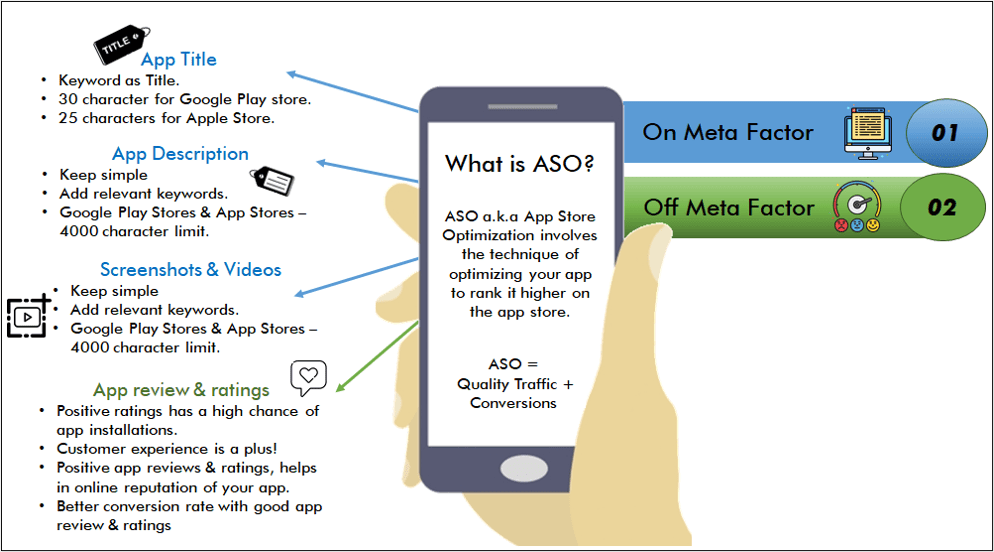
Why is ASO Important for Mobile App Growth?
App Store Optimization (ASO) is essential for increasing an app’s visibility and driving organic downloads. With millions of apps in the App Store and Google Play, ASO helps apps stand out and attract the right users. Here’s why ASO is crucial for mobile app growth:
- Increases Discoverability – Helps your app rank higher in search results.
- Boosts Organic Downloads – Reduces dependency on paid ads.
- Improves Conversion Rates – Optimized visuals and descriptions encourage installs.
- Enhances User Experience – Well-crafted listings attract and retain users.
- Strengthens Brand Credibility – Higher rankings and positive reviews build trust.
- Supports Long-Term Growth – Ensures continuous visibility and engagement.
A strong ASO strategy helps apps reach their target audience, drive downloads, and achieve sustained success in a competitive market.
Also Read: How to do Keyword research For ASO
ASO vs. SEO – Key Differences
App Store Optimization (ASO) and Search Engine Optimization (SEO) share a common goal—improving visibility and driving organic traffic. However, they operate in different ecosystems and have distinct optimization strategies.
- Platform & Purpose:
- ASO focuses on optimizing mobile apps for better rankings in app stores like Google Play and the Apple App Store.
- SEO is about optimizing websites to rank higher in search engines like Google and Bing.
- Ranking Factors:
- ASO considers elements like app title, description, keywords, ratings, reviews, and visuals (icons, screenshots, videos).
- SEO relies on factors such as website content, backlinks, technical structure, page speed, and user experience.
- Keyword Strategy:
- ASO uses limited keyword spaces within app store metadata, requiring precise keyword selection.
- SEO allows for broader keyword targeting through content, meta tags, and structured data.
- Conversion Optimization:
- ASO prioritizes engaging visuals and compelling descriptions to encourage app downloads.
- SEO focuses on click-through rates (CTR) and user engagement metrics like bounce rate and dwell time.
- Updates & Maintenance:
- ASO requires frequent updates based on app performance, user feedback, and algorithm changes.
- SEO involves continuous content updates, backlink building, and technical optimizations.
While ASO and SEO have overlapping principles, mastering both ensures a stronger digital presence for your app and website.
Key Benefits of App Store Optimization (ASO)
-
Helps in gaining Organic installs, i.e. lower acquisition costs
One of the significant benefits of ASO is that if implemented correctly, app visibility improves over a period of time. Your app begins to rank for various search queries, which may lead to an increase in app installs organically and lower the cost of user acquisition.
-
Increases Revenue and Conversion rate
When your mobile app starts ranking for the primary business-related search keywords then automatically your visibility improves. Users would likely download your app. You could even monetize your app with various in-app purchases, and relevant in-app ads. This way your revenue generation would be 100% profitable and also the conversion rate would be high as you are not spending money on ads to make users download your app.
-
Grow Your User Base Worldwide
There is a high possibility of gaining a worldwide user base by making our app available worldwide with multiple language options. This app store optimization strategy is known as localization.
Now as we have discussed in detail what is app store optimization (ASO) and why app store optimization is an integral part of mobile app marketing strategies, let us understand the ASO strategies that would help in improving app visibility.
While defining the right strategy, every app store optimization service provider should be ASO competent. This means that the ASO service provider should have a good understanding of ASO factors since the app ranking would largely depend on the app store optimization tips they provide.
ASO Factors
ASO result is determined mainly by optimizing two primary app ranking factors.
- On Meta Factor
- Off Meta Factor
App Store Optimization = On Meta factor optimization + Off Meta factor Optimization
On Meta Factor Optimization
These factors are influenced by the changes made in the App Store console to optimize an app. Developers have direct control over On-Meta factors, such as app titles, descriptions, screenshots, videos, and logo design.
-
App Title Optimization
The app title plays a crucial role in ASO, directly impacting visibility, user engagement, and search rankings. A well-optimized title enhances discoverability, strengthens brand recall, and improves download rates. Since app stores prioritize keywords in titles, strategic optimization is essential for better rankings.
Best Practices:
- Use Relevant Keywords: Naturally, integrate primary keywords for better search visibility.
- Keep It Short & Impactful: Stay within character limits (Google: 50, Apple: 30) while maintaining clarity.
- Strengthen Brand Identity: Make the title unique, memorable, and aligned with your branding.
- Avoid Keyword Stuffing: Overloading with keywords can reduce readability and credibility.
- Localize for Global Reach: Optimize the title for different languages to attract international users.
Example: FitTrack – AI Fitness Tracker (Concise, keyword-rich, and brand-focused)
An optimized title not only improves app store rankings but also enhances user trust, driving more organic downloads.
-
App Description Best Practices
Your app description is a key factor in convincing users to download your app. While it doesn’t directly impact rankings, it plays a crucial role in engagement, conversion rates, and user trust. A well-crafted description highlights your app’s value, features, and benefits while naturally integrating relevant keywords.
Best Practices:
- Hook Users in the First Few Lines: The first 252 characters (visible before “Read More”) should be compelling and informative.
- Highlight Key Features & Benefits: Use bullet points for easy readability.
- Incorporate Keywords Naturally: Ensure a smooth, user-friendly flow without keyword stuffing.
- Include a Clear Call-to-Action (CTA): Encourage users to download or explore the app.
- Format for Readability: Use short paragraphs, spacing, and emojis (where appropriate) for better engagement.
Example: “Transform your fitness journey with FitTrack – an AI-powered workout planner! Track progress, set goals, and stay motivated. Download now to achieve your fitness goals!”
A well-optimized description enhances user interest, boosts conversions, and strengthens ASO efforts.
-
Screenshots & Video Optimization
Visual elements like screenshots and preview videos are crucial for grabbing user attention and influencing downloads. Since users often make snap decisions, well-optimized visuals can significantly impact conversion rates and engagement.
Best Practices:
- Use High-Quality, Engaging Images: Showcase your app’s key features and user interface.
- Highlight Key Benefits in Screenshots: Add captions or annotations to emphasize unique selling points.
- Follow App Store Guidelines: Ensure the correct dimensions and format for different devices.
- Optimize Video Previews: Keep them short, engaging, and informative—ideally, 15-30 seconds.
- A/B Test Visuals: Experiment with different designs to see what drives higher conversions.
Example: A fitness app could use screenshots showing workout routines, progress tracking, and motivational badges, with a short preview video demonstrating the app in action.
Strategic screenshot and video optimization enhances user engagement and improves app downloads, making them essential for ASO’s success.
-
App Icon Design & Branding
An app icon is the first visual element users notice in the app store. A well-designed icon enhances brand recognition and influences download decisions, making it a crucial part of On-Meta ASO Optimization.
Key Elements of an Effective App Icon:
- Simplicity & Clarity – A clean design ensures visibility even at smaller sizes.
- Brand Identity – Consistent colors and styles help build recognition.
- Uniqueness – A distinctive icon stands out among competitors.
- Scalability – The design should be clear across various screen sizes and resolutions.
Best Practices:
- Use minimal text and focus on strong visuals.
- Align the icon with your app’s purpose and target audience.
- Test different versions (A/B testing) to identify the most engaging design.
- Follow app store guidelines to avoid rejection.
A well-optimized app icon improves click-through rates (CTR), enhances brand perception, and boosts overall ASO success.
Off Meta Factor Optimization
These External factors are influenced by user experience & behavior with our app. Developers and marketers have no control over these activities, similar to off-page SEO.
-
The Role of App Ratings & Reviews in ASO
App ratings and reviews directly impact your app’s visibility, credibility, and conversion rates. Higher ratings improve your ranking in app stores, while positive reviews build trust among potential users.

Best Practices:
- Encourage Genuine Reviews: Prompt happy users to leave feedback through in-app pop-ups.
- Respond to Reviews: Address user concerns and thank them for positive feedback to boost engagement.
- Improve Based on Feedback: Use insights from reviews to enhance features and fix issues.
- Maintain High Ratings: Aim for at least 4.0+ stars to stay competitive in search rankings.
- Handle Negative Reviews Professionally: A quick and helpful response can turn criticism into loyalty.
Both factors signal quality and user satisfaction, influencing the app store algorithm and download decisions.
-
How Backlinks and External Traffic Impact ASO
In Off-Meta ASO Optimization, external factors like backlinks and outside traffic play a crucial role in boosting an app’s visibility and ranking. Unlike On-Meta ASO, which focuses on in-store elements, Off-Meta ASO leverages external sources to drive organic growth.
The Role of Backlinks in ASO
Backlinks from high-authority websites signal trust and relevance to app stores, indirectly improving rankings. Quality backlinks from blogs, news sites, and industry platforms can:
- Increase referral traffic to your app’s store page.
- Strengthen your app’s credibility and domain authority.
- Improve discoverability on search engines, driving more organic downloads.
How External Traffic Enhances ASO
External traffic from sources like social media, email marketing, and paid ads contributes to higher app engagement, which app stores recognize as a positive ranking factor. Benefits include:
- Higher conversion rates from targeted audiences.
- Improved retention rates due to engaged users.
- Increased app store ranking through consistent traffic flow.
By integrating backlinks and external traffic into your ASO Strategies & Best Practices, you can maximize app visibility, attract quality users, and enhance long-term growth.
-
The Influence of App Updates & Bug Fixes on ASO
In Off-Meta ASO Optimization, maintaining an app’s performance through regular updates and bug fixes is essential for long-term success. App stores prioritize apps that provide a seamless user experience, making updates a key factor in ASO rankings.
How App Updates Improve ASO
Frequent updates signal to app stores that your app is actively maintained and evolving. Benefits include:
- Enhanced User Experience: Addressing performance issues improves usability and retention.
- Higher Engagement Rates: New features keep users interested, reducing uninstall rates.
- Better Rankings: Consistent updates improve credibility, leading to higher visibility in search results.
The Role of Bug Fixes in ASO
Bugs negatively impact user experience, leading to poor ratings and increased churn. Fixing bugs helps in:
- Reducing Crash Rates: Stability improvements lead to better user satisfaction.
- Boosting Positive Reviews: A bug-free experience encourages higher ratings.
- Lowering Uninstall Rates: Users are less likely to abandon a well-functioning app.
By integrating regular updates and bug fixes into your ASO Strategies & Best Practices, you can improve retention, enhance user satisfaction, and maintain a competitive edge in app store rankings.
Top App Store Optimization (ASO) Tools to Improve App Rankings
ASO tools play a crucial role in enhancing app visibility, improving search rankings, and driving organic downloads. They provide data-driven insights on keyword performance, competitor strategies, user behavior, and conversion rates. By leveraging these tools, app developers and marketers can make informed decisions to refine their ASO strategy, optimize metadata, and increase user engagement.
Best ASO Tools for App Growth
- AppTweak – AI-powered ASO tool for keyword research, competitor analysis, and A/B testing.
- Sensor Tower – Provides keyword rankings, ad insights, and market trend analysis.
- App Radar – Simplifies keyword tracking and metadata optimization.
- Mobile Action – Offers ASO intelligence and competitor benchmarking.
- TheTool – Tracks app rankings, conversion rates, and engagement metrics.
Final Thoughts
Leveraging ASO tools streamline optimization efforts, helping apps rank higher, attract more users, and improve overall performance.
Common ASO Mistakes to Avoid
- Ignoring Keyword Optimization: Failing to use relevant, high-traffic keywords in your app title and description can reduce visibility. Conduct thorough keyword research to target the right terms.
- Poor App Title & Description: A generic or unclear app title and a poorly structured description can lead to low rankings and fewer downloads. Keep them clear, engaging, and keyword-optimized.
- Overlooking Visual Assets: Low-quality screenshots, unoptimized videos, and an unattractive app icon can decrease conversion rates. Invest in high-quality visuals to enhance user appeal.
- Neglecting Ratings & Reviews: Ignoring user feedback or failing to encourage positive reviews can hurt your app’s credibility. Actively engage with users and address their concerns.
- Skipping A/B Testing: Without testing different versions of your app store elements, you may miss opportunities for better performance. Use A/B testing to optimize metadata and visuals.
- Not Tracking Performance: Failing to monitor ASO metrics means missed chances for improvement. Use ASO tools to track keyword rankings, conversion rates, and user engagement.
Avoiding these mistakes ensures a strong ASO strategy, leading to higher rankings, more downloads, and long-term app success.
Future Trends in ASO
- AI-Powered Optimization – AI-driven tools are making ASO smarter by automating keyword research, competitor tracking, and performance analysis.
- Voice Search Adaptation – As voice searches grow, optimizing app listings for natural language queries will become essential.
- Personalized App Recommendations – App stores are using AI to deliver tailored app suggestions based on user behavior, requiring a shift in ASO strategies.
- Expansion to Alternative App Stores – With third-party app stores gaining popularity, optimizing beyond Google Play and Apple’s App Store will be crucial.
- Enhanced Visual Content – App preview videos and interactive elements will play a bigger role in convincing users to download apps.
- Focus on User Engagement – App stores now prioritize engagement, retention, and uninstall rates, making long-term user experience optimization vital.
Adapting to these trends will help improve app rankings, visibility, and downloads in an evolving digital landscape.
Conclusion
Keep in mind ASO takes time; there is nothing like a silver bullet. No one can state an ASO strategy that will 100% guarantee a higher rank on App Store searches; however, the above mentioned ASO factors are based on tried and tested methods that experts have followed over the period. SEO where more than 200 ranking factors determine Google Ranking Algorithm, ASO is also dependent on Search Algorithms, but there is no conclusive evidence on how it works.
Consistent leg work is required to test the effectiveness of the ASO strategy, as being found amongst millions of apps on the app store is a challenging task. To reap the rewards of ASO driving consistent efforts in the right channel is the only get to go solution.
A pro tip would be to always keep track of your efforts. Also, learning what your competitors do can help you improve your ASO results. Most importantly, never forget to optimize the app regularly.
Popular Searches
How useful was this post?
0 / 5. 0











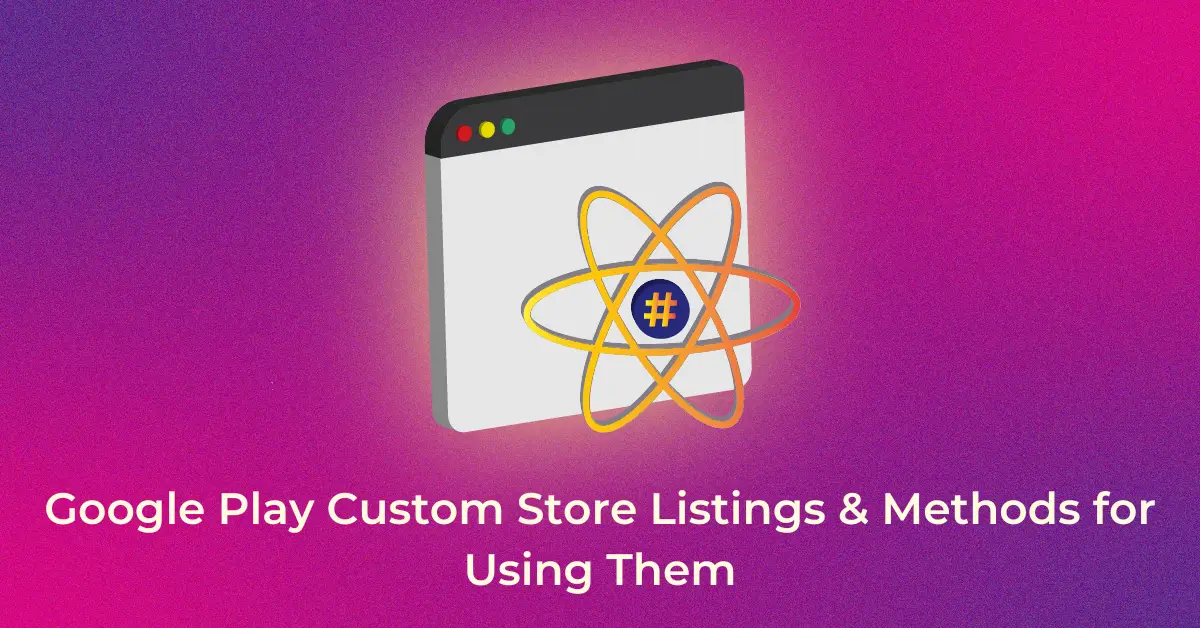
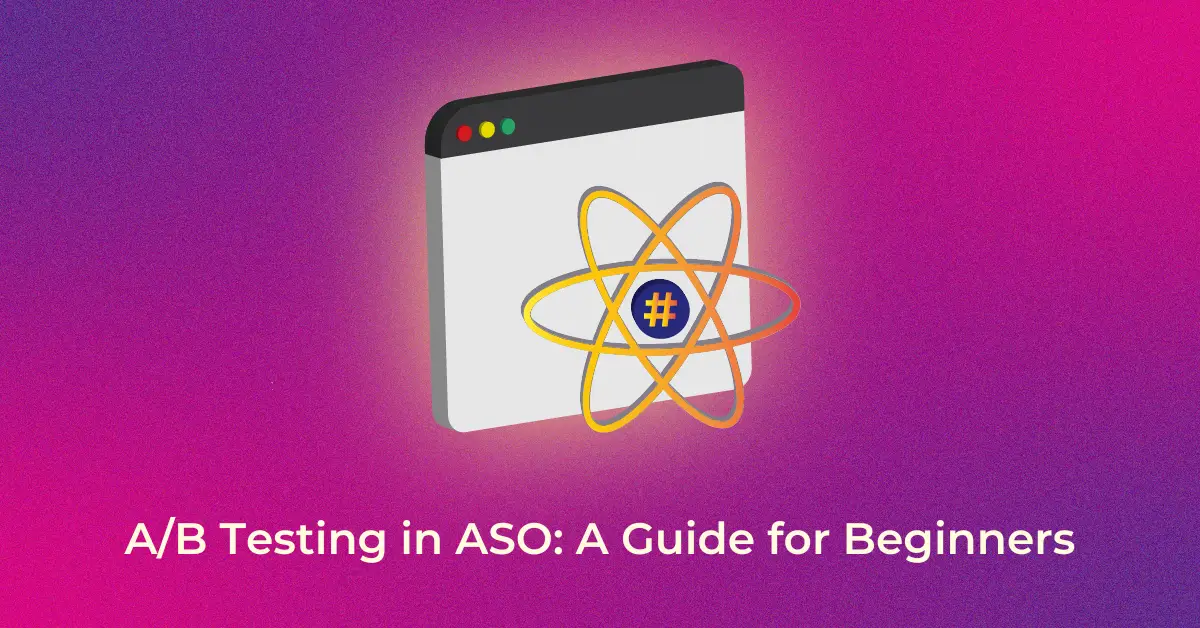
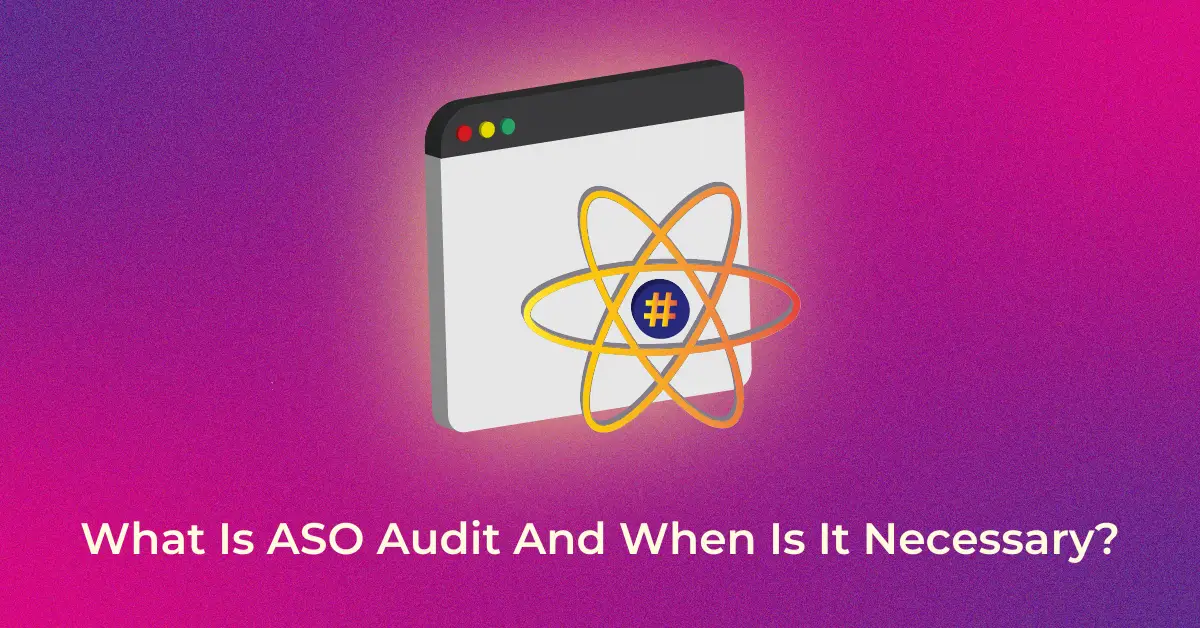
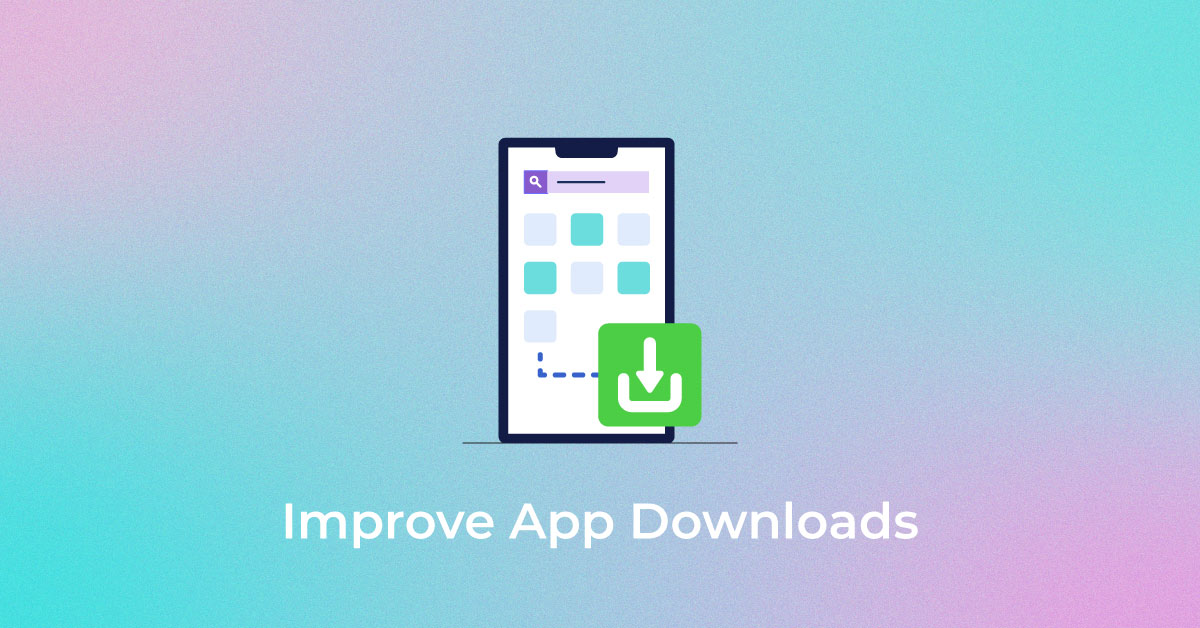
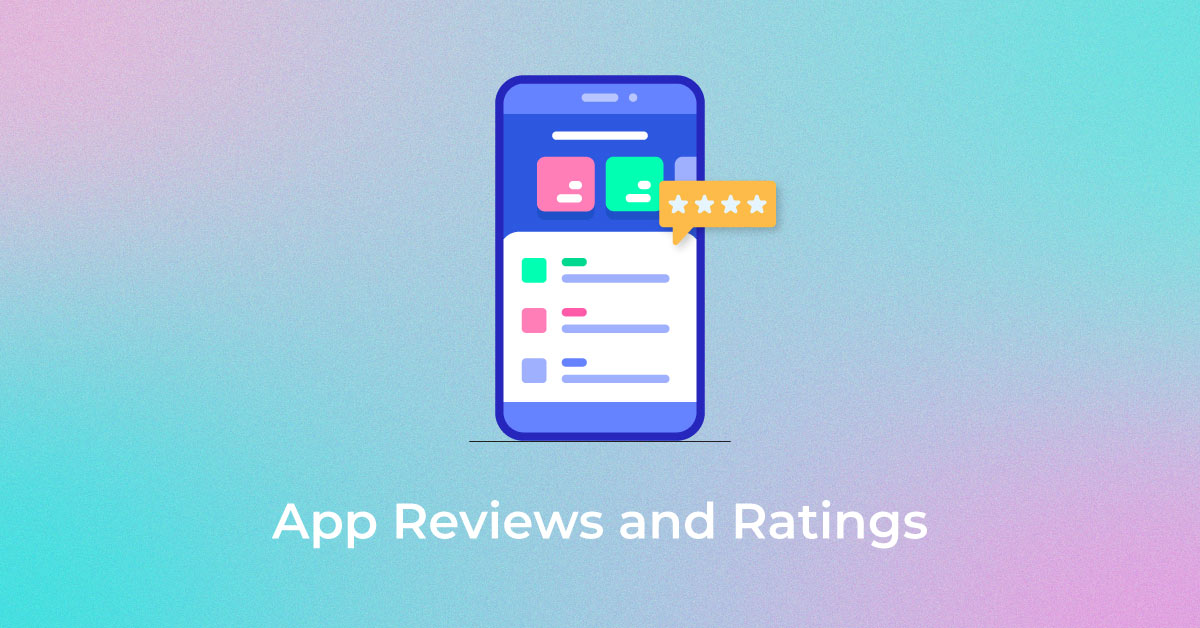


7 thoughts on “What is ASO and Why It is Important for Business”
Great article on ASO thanks for this information, waiting for much more such interesting topics
Thank You. Do subscribe us for more latest updates.
Nice blog on ASO techniques.
Thank you for sharing your valuable feedback. Do subscribe to us for more latest updates.
That’s really nice post. I appreciate your skills. Thanks for sharing.
A very good ASO technique will undoubtedly boost your natural installs and guarantee long-term outcomes. And this is the complete guide to it
Yes, definitely. ASO not only increases your mobile app downloads but also helps you to achieve your long-term desired business goals.